Got a Dripping Faucet?
We'll Fix It!
Leaking faucets can be annoying, but can also increase your home's water costs. We'll diagnose and fix leaky faucet problems swiftly!
Have a Leaking Faucet?
We Can Help!
Please complete the form below and we'll be in touch!
Stop the Drip: Find the Best Leaking Faucet Plumber for a Quick Fix
Facing a stubborn leak? Instantly connect with a skilled leaking faucet plumber to solve your problem. This article helps you swiftly identify a trusted professional to banish that annoying drip, ensuring your peace of mind with no time wasted.
Key Takeaways
- Aloha Plumbing is the go-to for 24/7 leaky faucet repairs in Maryland, boasting 16 years of experience, a comprehensive service range, and high customer satisfaction.
- Types of faucets include ball, cartridge, ceramic disc, and compression, each with unique components and common leak causes that need to be understood for effective repair.
- Fixing a leaky faucet involves turning off the water supply, disassembly, replacing damaged parts, and reassembly, while regular maintenance can prevent future leaks and professional help should be sought for complex issues.
Why Choose Aloha Plumbing for Your Leaky Faucet Repairs?
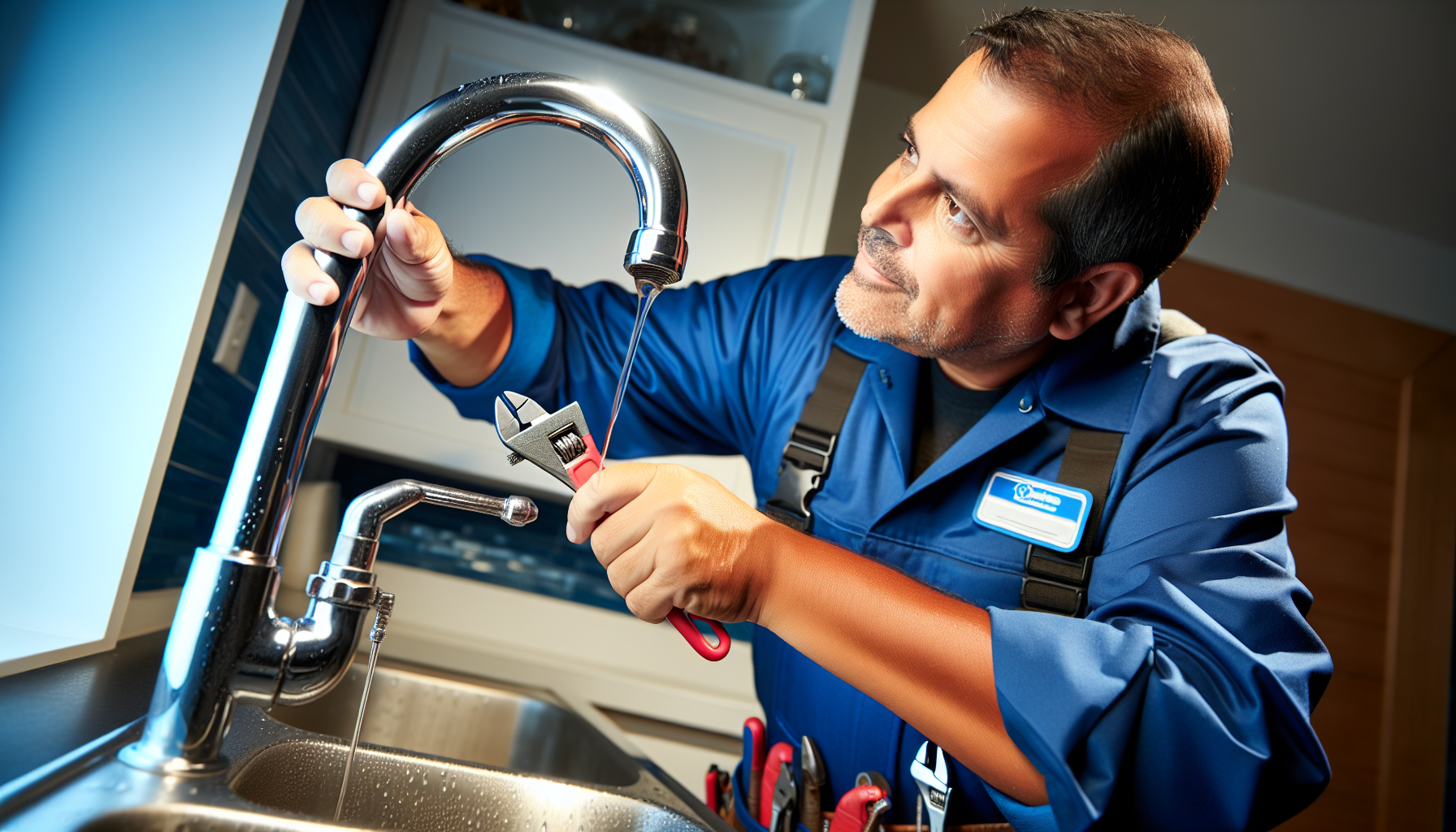
With a dripping faucet keeping you up at night, it’s not just about finding a solution – it’s about finding the right solution. And that’s where Aloha Plumbing stands out. With 16 years of experience in the plumbing industry, Aloha Plumbing has honed its skills to an art. The company operates 24/7, meaning that even your most urgent plumbing needs, such as a leaky faucet, can be addressed promptly, no matter the time of day.
But the benefits of choosing Aloha Plumbing extend beyond its round-the-clock services. The company offers a comprehensive range of services, ensuring that both faucet repairs and upgrades are handled with utmost efficiency. This wide scope of services, coupled with trusted local expertise and high customer satisfaction, makes Aloha Plumbing the preferred choice for leaky faucet repairs in Maryland.
Identifying Leaky Faucet Types and Causes
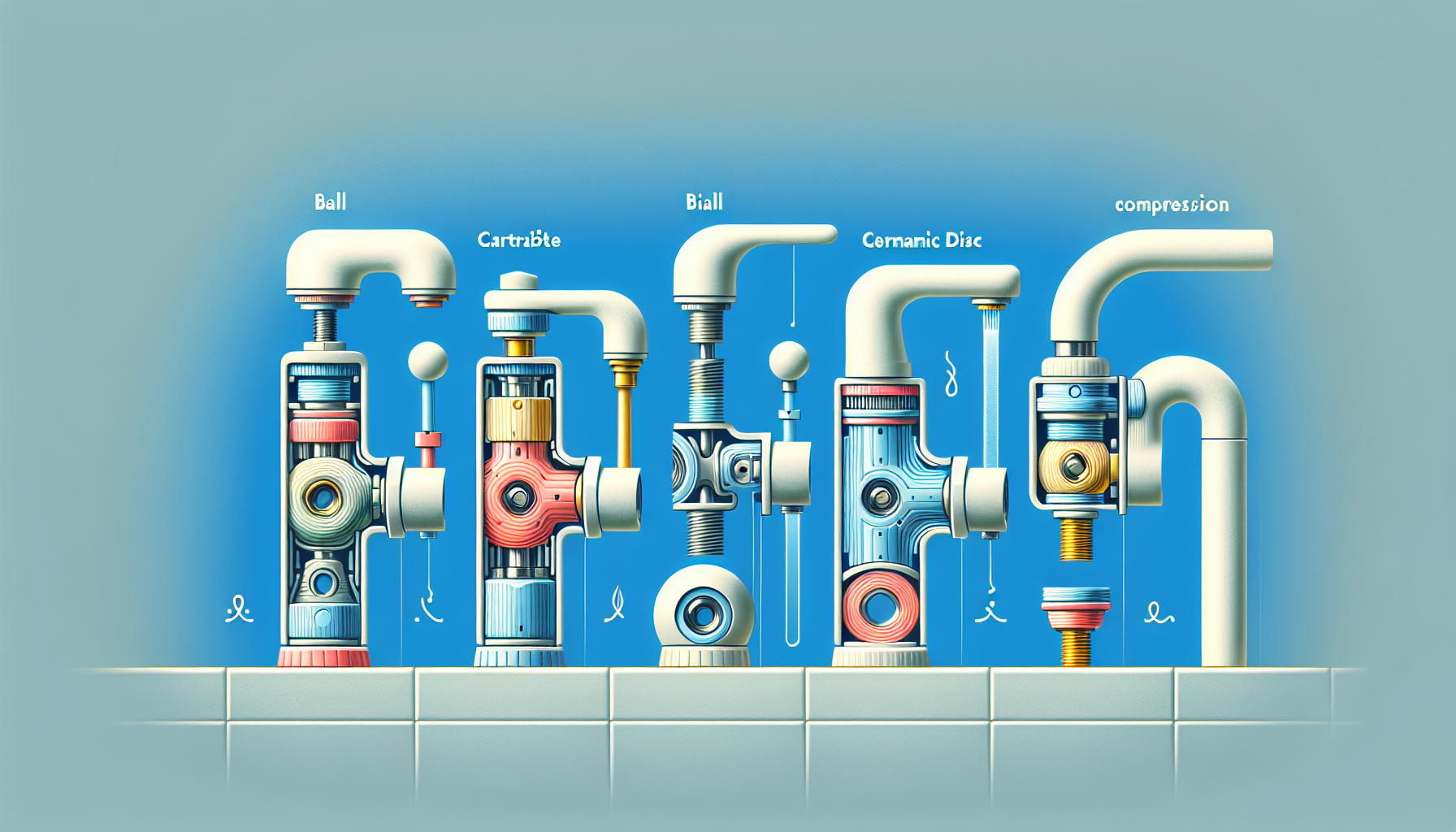
Understanding the root of the problem is the first step towards finding an effective solution. And when it comes to leaky faucets, the type of faucet and the specific cause of the leak play a crucial role. Let’s delve into the four common types of faucets – ball, cartridge, ceramic disc, and compression, and explore their typical leak causes.
Ball Faucets
Just like a joystick steering your gaming character, the faucet handle of a ball faucet rotates and moves in all directions. Their simple construction involves a ball, an O-ring, and a valve stem, making them relatively easy to repair. However, due to this simplicity, leaks are often a result of the deterioration of the O-ring that seals the joint between moving parts, such as the valve seat.
This is like the knight in shining armor losing his armor – he’s susceptible to all forms of attacks.
Cartridge Faucets
Cartridge faucets, on the other hand, are the chameleons of the faucet world. They can have either one or two handles and operate using O-rings at crucial points to control water flow and temperature. Leaks from the base of cartridge faucets are like the footprints of a culprit – often pointing towards the worn-out O-rings around the cartridge ends. When installing a new cartridge, it’s essential to ensure the cartridge straight alignment for optimal performance.
Ceramic Disc Faucets
Ceramic disc faucets are the epitome of durability. They use an entire cylinder with tiny discs on the bottom to control water flow, making them less prone to leaking. The use of robust ceramic discs instead of rubber seats or O-rings contributes to their long-lasting performance.
The minimal effort required to operate these faucets, equipped with rubber washers, reduces wear and tear on the components, further enhancing their durability.
Compression Faucets
Compression faucets are like the grandparents of the faucet family – traditional, reliable, and often found in older homes and outdoor settings. They feature two separate handles for hot and cold water control. Despite their simplicity, leaks in these faucets can be just as pesky and are often due to worn-out components or faulty seats.
Steps to Fixing a Leaky Faucet: A Comprehensive Guide
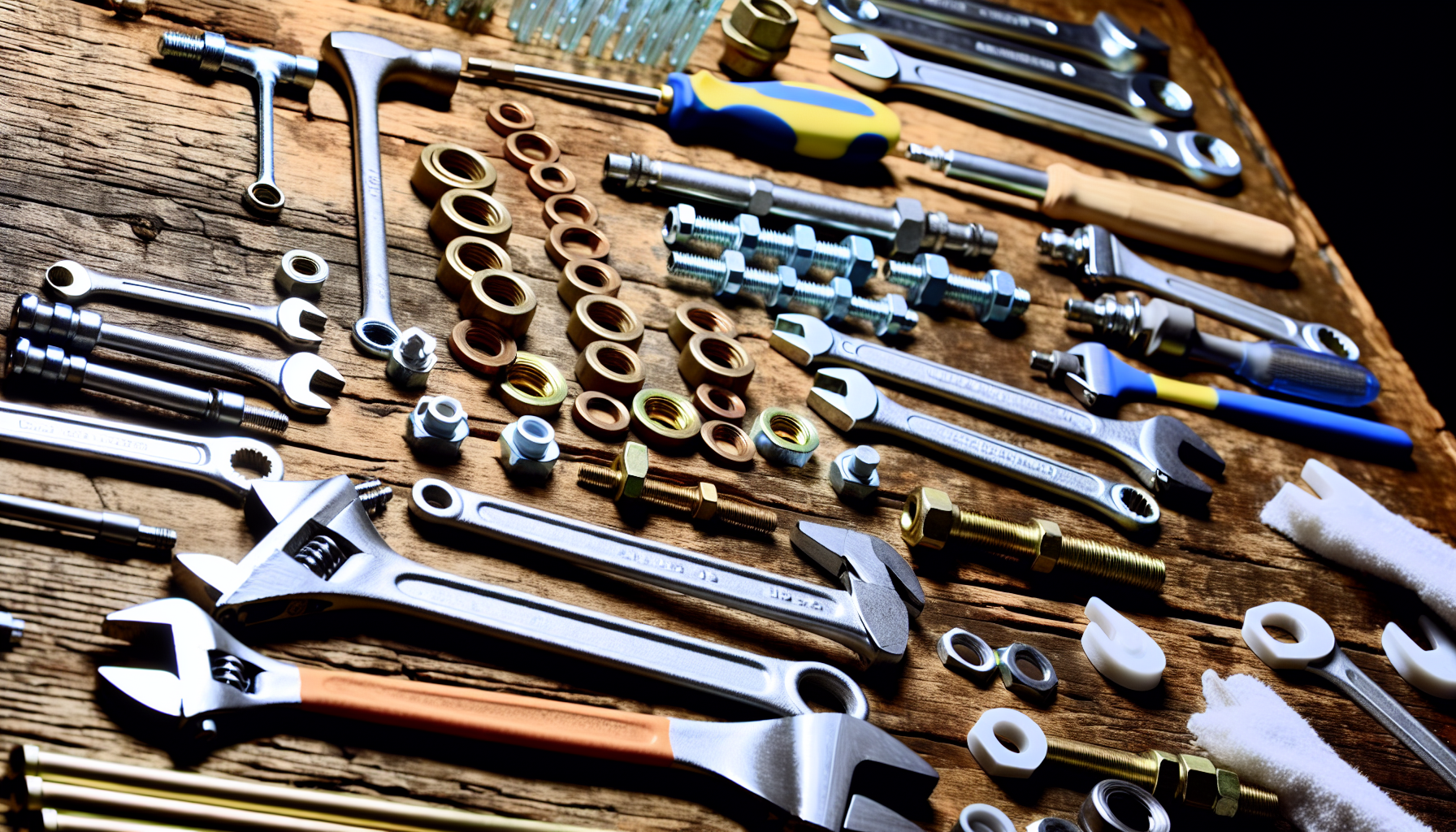
Now that we’ve identified the culprit, let’s get down to business – fixing that pesky leak. The process involves four main steps:
- Preparation
- Disassembly
- Replacing damaged parts
- Reassembly
Let’s dive into each step in detail.
Preparing for Faucet Repair
Before you start playing detective, it’s crucial to turn off the water supply to prevent a mini flood in your bathroom sink or kitchen. This first step in fixing a faucet that drips water is akin to putting on your safety gear before heading into a construction site. This includes turning off the water supply either at a nearby shutoff valve or at the main shutoff valve if there are no individual fixture shutoffs in your home.
You can determine which side of the faucet is leaking by turning off the water supply valves one at a time. This will help isolate the issue and make it easier to identify the source of the leak. Think of this as a game of “Hot and Cold,” where you’re trying to locate the source of the problem.
Disassembling the Faucet
With the water supply safely turned off, it’s time to disassemble the faucet. This process requires careful handling to ensure no damage to the plumbing or faucet itself. It’s like performing a surgical operation – precise and meticulous.
The disassembly process varies based on the type of faucet – be it a compression-type, single-handle, or dual-handle faucet.
Replacing Damaged Parts
Now that the faucet is disassembled, you can inspect the damaged parts. This is like finding the broken pieces in a puzzle, and just as satisfying when you find the right replacement. Whether it’s a worn-out washer, a squeaky handle, or a faulty seat, each problem can often be easily fixed by replacing these parts.
However, if the simple act of washer replacement does not resolve the leak, or if the faucet is a more complex type like a disc or canister, it’s recommended to consult a professional plumber. After all, it’s better to be safe than sorry!
Reassembling the Faucet
The final step in your faucet repair journey is reassembling the faucet. This is like putting together a Lego building – ensuring all components are secure and in their original position. Once that’s done, turn the water supply valve back on slowly to prevent any potential damage to the new components.
It’s time for the moment of truth – run both hot and cold water at full force to clear out the supply lines and ensure there are no leaks in your newly fixed faucet. If all is well, give yourself a pat on the back, you’ve successfully fixed a leaky faucet!
Preventing Leaky Faucets: Maintenance Tips and Tricks
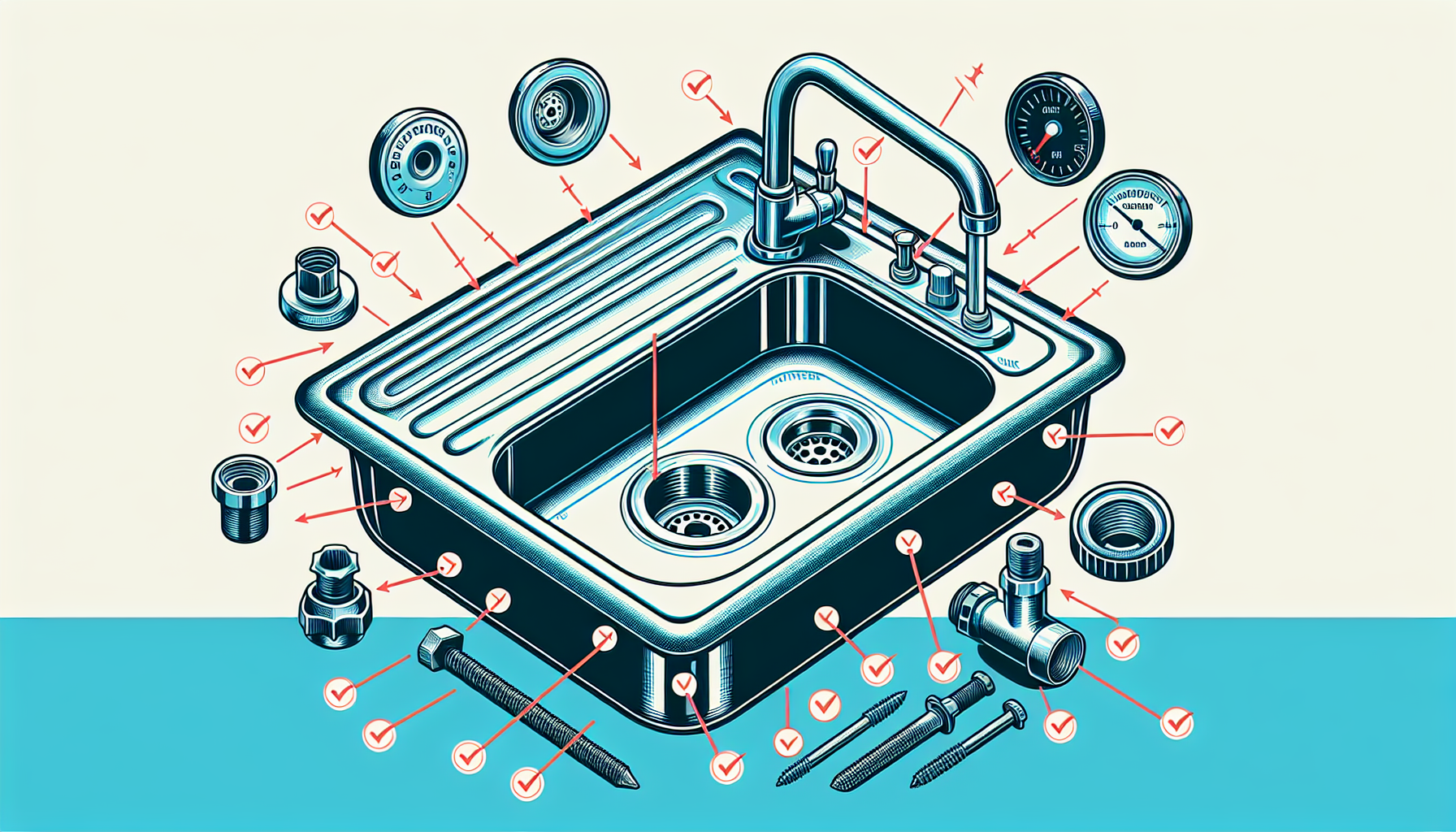
Now that you’ve conquered the world of leaky faucets, you might be wondering how to fix a leaky faucet in the future. Regular maintenance is the key. This includes inspecting and replacing washers regularly, tightening screws on your faucets, and adjusting the packing nut to the correct tightness to prevent leaks.
Moreover, checking and replacing shut-off valves when necessary, replacing old or worn-out gaskets, and clearing the buildup of minerals can also help prevent leaks in faucet handles. For outdoor faucets, a professional plumber might be needed for proper repair and installation.
And don’t forget to monitor water pressure. High water pressure can lead to leaks, but installing a pressure-regulating valve can prevent this issue. By following these maintenance tips, you can prevent water wastage and save money on unnecessary repairs in the long run.
When to Call a Professional Plumber for Leaky Faucet Repairs
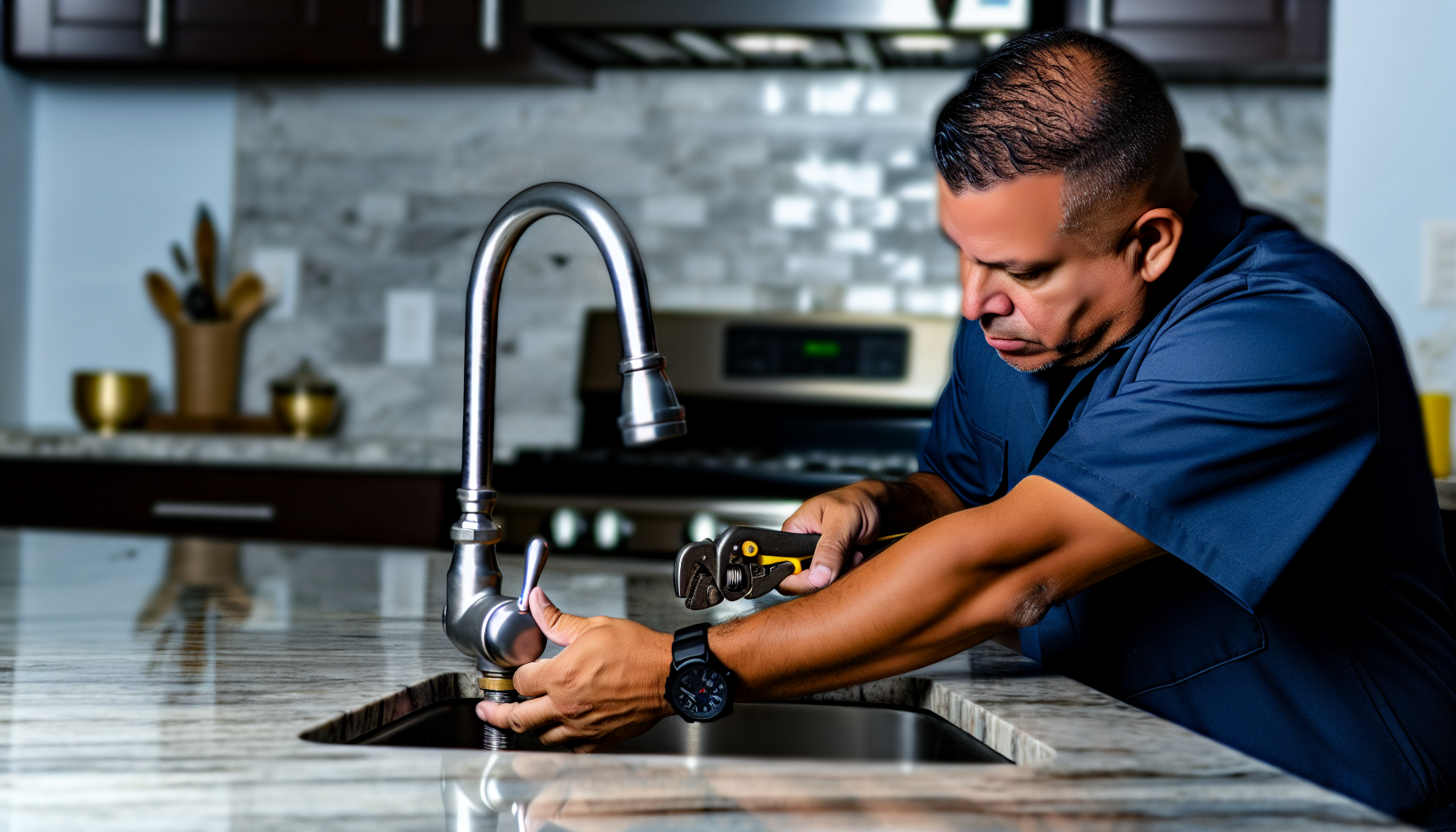
While DIY repairs can often fix minor leaks, there are times when calling a professional plumber is unavoidable. For instance, if you disassemble a leaking faucet and can’t find a familiar washer, it’s a clear sign that a professional should be called for a proper and fast repair.
Similarly, leaks in outdoor spigots can be deceptive and may go unnoticed for extended periods. In such cases, a plumber should be contacted before the problem gets out of hand. A visit to a hardware store can also provide solutions for minor fixes, such as purchasing plumber’s grease for maintaining the smooth operation of your spigots.
Moreover, if leaks are persistent or multiple faucets are leaking throughout your home, it’s a clear indication to seek professional plumbing assistance.
Summary
Leaky faucets may seem like a minor inconvenience, but they can lead to major problems if left unattended. By understanding the types of faucets and the common causes of leaks, you can effectively address the issue. Regular maintenance can prevent future leaks and save money on unnecessary repairs. However, when in doubt, it’s always best to call a professional plumber.
Aloha Plumbing, with its 16 years of experience and 24/7 service, is a trusted choice for leaky faucet repairs in Maryland. Whether it’s a minor leak or a complex issue, Aloha Plumbing is committed to providing reliable and efficient solutions.
Frequently Asked Questions
Do I need a plumber to fix a leaky faucet?
It’s best to hire a plumber to fix a leaky faucet, as attempting it without experience could worsen the issue. Inexperienced hands may end up causing more harm than good.
How much does it cost to fix a leaking faucet?
It usually costs around $75-175 to fix a leaking faucet. It may seem expensive, but a leaking faucet can significantly inflate your water bill over time.
Do plumbers fix outside faucets?
If you notice your outdoor faucet is leaking, it’s best to call a professional plumber to fix it. They have the necessary tools and experience to properly install a new faucet and ensure it doesn’t leak. So don’t hesitate to bring in the experts if you’re dealing with a leaking outdoor faucet.
Can I fix a leaky faucet myself?
Yes, you can fix a minor leak by replacing worn-out components like washers or O-rings, but for complex issues or persistent leaks, it’s best to call a professional plumber.
How can I identify the type of my faucet?
You can identify the type of your faucet by examining the handle and internal components, which will indicate if it’s a ball, cartridge, ceramic disc, or compression type.
Service Area Coverage
If you reside within Anne Arundel County, Howard County, or Queen Anne’s County in Maryland and are wondering whether Aloha Plumbing services your location, the answer is emphatically affirmative! The company takes pride in extending their exceptional plumbing services to inhabitants of these regions so that they can benefit from reliable plumbing assistance whenever necessary.

Types of Toilet Leaks and Their Causes
Let’s delve into the details of toilet leaks, and why they often occur. Toilet problems can range from complications with the flapper valve to glitches in the fill valve, along with possible cracks in either the bowl or tank.
Plumbing experts such as Aloha Plumbing come prepared with both experience and tools necessary for pinpointing and resolving toilet leak issues. Be it an issue within a toilet’s internal workings or one associated with external supply lines, enlisting a professional ensures you bypass any frustration that might accompany attempts at DIY solutions.
Flapper Valve Issues
A faulty toilet flapper is a common cause of leaky toilets. Serving as the gatekeeper that regulates water flow from the tank to the bowl, this small yet critical component can succumb to damage due to harsh chemicals in cleaning agents or simply from natural wear over time. When a toilet flapper fails to form an effective seal with the flush valve seat, it may allow water leakage from the tank into the bowl – often slipping by undetected. If you have a deteriorated flush valve, it might exacerbate these issues further. Ensuring that your flush lever operates correctly is also crucial for maintaining your toilet’s integrity.
Should there be persistent trickling sounds following a flush or instances where your toilet runs non-stop or sporadically engages its supply line refilling mechanism? Chances are high that you’re dealing with an impaired flapper valve within your commode system. There’s no need for alarm though. First check whether any excess slack in the chain is impeding proper closure and scan for debris preventing an adequate seal around the periphery of existing flappers sealing surface. Should damage be identified upon inspection, replacing your compromised old-fashioned appliance using standard kits readily available specifically crafted bathroom fixtures repair ought to do quite nicely restoring optimal functionality once again.
Fill Valve Malfunctions
Malfunctions of the fill valve are a frequent source of leaks in toilets. This component is responsible for regulating how water enters the tank, collaborating with the float to make sure that an appropriate amount of water fills up the tank. A variety of issues can disrupt this process: if there’s a problem with the float such as it being stuck or improperly adjusted, if you have a damaged fill valve, or if misalignment causes failure to stop inflowing water properly. Any one of these can lead to overflowing and subsequent leakage.
In some cases, signs like an unusual hissing noise while the tank refills could indicate debris obstructing inside your fill valve. In other instances, prolonged exposure to hard water may cause mineral build-up on parts within your fill valve system which then precipitates malfunction and leaking. When facing toilet issues, it’s important not only for diagnosis but also repair purposes – to enlist professional plumbing assistance from a company like Aloha Plumbing, to provide expertise and prompt repairs.
Bowl and Tank Cracks
Impact, stress, material flaws, aging or manufacturing faults can all lead to the development of cracks in a toilet bowl or tank. These ruptures can result in leaks that range from minor and inconspicuous to severe enough to damage the bathroom floor—this variation depends on where exactly within the structure these fissures appear.
Minor surface cracks on either the outside of a toilet’s tank or its bowl may potentially be fixed with plumbing epoxy. Similarly, internal fissures less than 1/16-inch wide might also be mendable. When dealing with more significant breakage, it is typically necessary to replace either the entire tank or even the whole toilet unit itself. In such instances, enlisting professional services like those offered by Aloha Plumbing proves invaluable for both safely removing damaged fixtures and ensuring secure installation of their replacements.
DIY Fixes vs. Professional Solutions
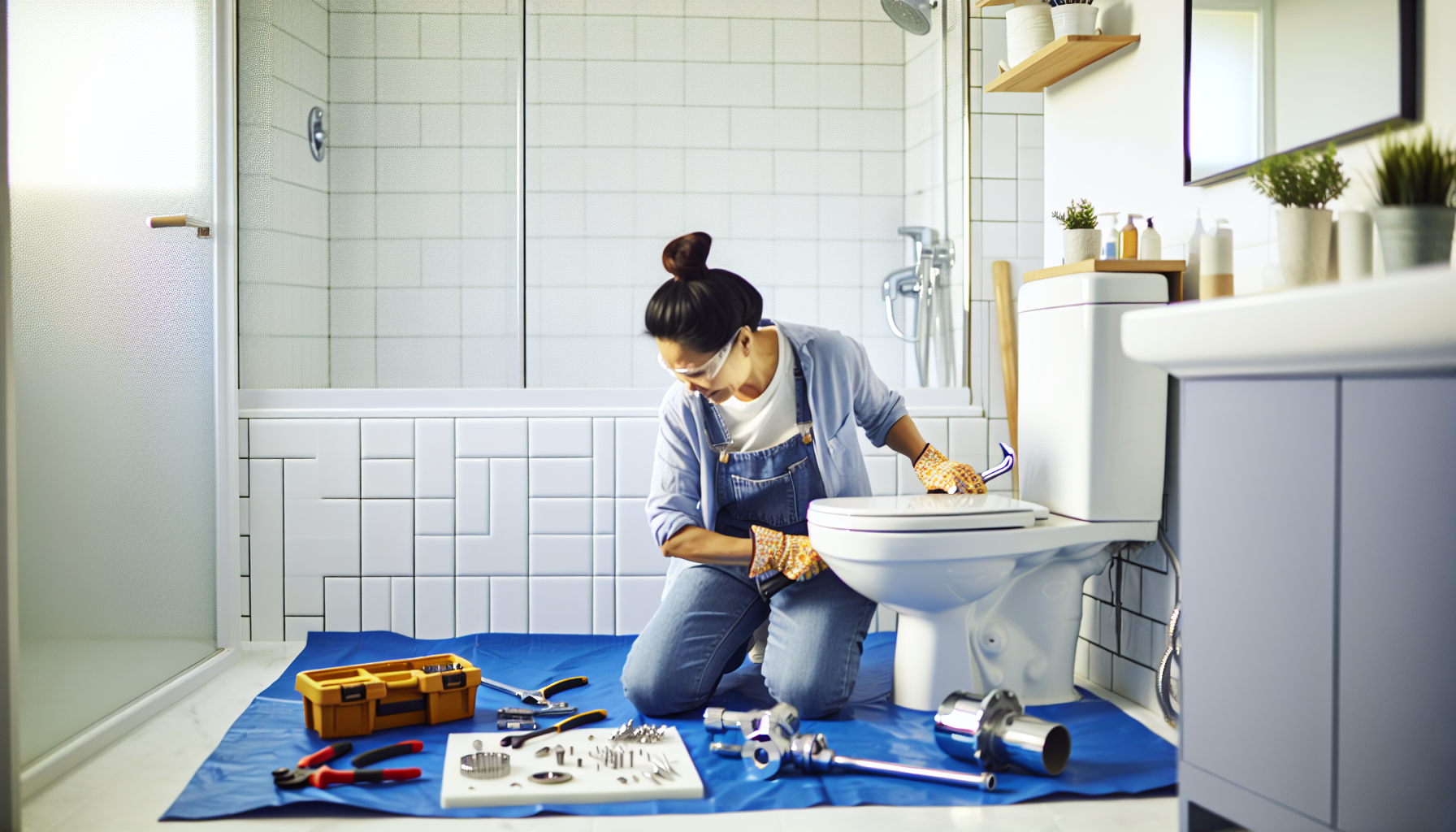
DIY fixes can be tempting, especially when dealing with simple issues like replacing flappers or adjusting the float. These repairs are often cost-effective and can be tackled with a basic understanding of toilet mechanics. But it’s essential to keep in mind that not all toilet leaks are created equal. For systemic issues or repairs involving multiple parts, it’s often more beneficial to seek professional help.
This is where professional plumbers like Aloha Plumbing come in. They bring expertise, the necessary tools for complex repairs, and guarantee their work, ensuring you a durable and comprehensive fix. So, while DIY fixes can save you a buck or two in the short run, professional solutions provide the peace of mind and assurance of a job well done.
Replacing Flappers and Floats
When it comes to simple DIY tasks, replacing flappers and adjusting floats can often be managed without professional help. As mentioned earlier, the flapper is a common source of leaks, and replacing it can resolve leaks between the tank and the bowl. Before starting the process, make sure to remove the tank lid for easy access to the flapper and float.
Similarly, a toilet float can be adjusted to achieve the correct water level, preventing overflow or underfill issues. If the float is faulty, the replacement process is straightforward and requires setting the new float to the appropriate height for optimal tank filling. But remember, proper installation is crucial for optimal performance, and if you’re unsure, give us a call!
Tackling Supply Line and Connector Problems
Supply line and connector problems can also be tackled with DIY methods. To replace the water supply line, you’ll need to:
- Shut off the water at the shutoff valve
- Flush the toilet to drain the tank
- Disconnect the old supply line
- Carefully align and attach the new one
However, it’s crucial to use high-quality parts and waterproof pipe repair tape to ensure a long-lasting repair and minimize the chance of future leaks.
Likewise, leaks from the tank caused by corrosion of tank bolts can be addressed by replacing the bolts and potentially the washers. But remember, while these tasks can be tackled by a handy homeowner, they can be tricky, and sometimes, it’s better to call in a professional like Aloha Plumbing to ensure the job is done right.
Handling Bowl and Tank Damage
Addressing damages to a toilet bowl or tank can be quite involved. Small cracks in the toilet tank might be addressed temporarily using a sealant, but extensive damage often necessitates the replacement of either the whole toilet or just its tank to guarantee safety and avoid leaks.
Entrusting this job to an experienced plumber is recommended. They will ensure that they properly remove the old fixture, accurately position a new wax ring during installation, and secure the new toilet in place effectively. Opting for replacement over repair not only avoids repeated maintenance costs, but also reduces the risk of water damage within properties—this is particularly important in buildings with multiple floors where leakage could impact lower level apartments.
Emergency Plumbing Services for Leaky Toilets
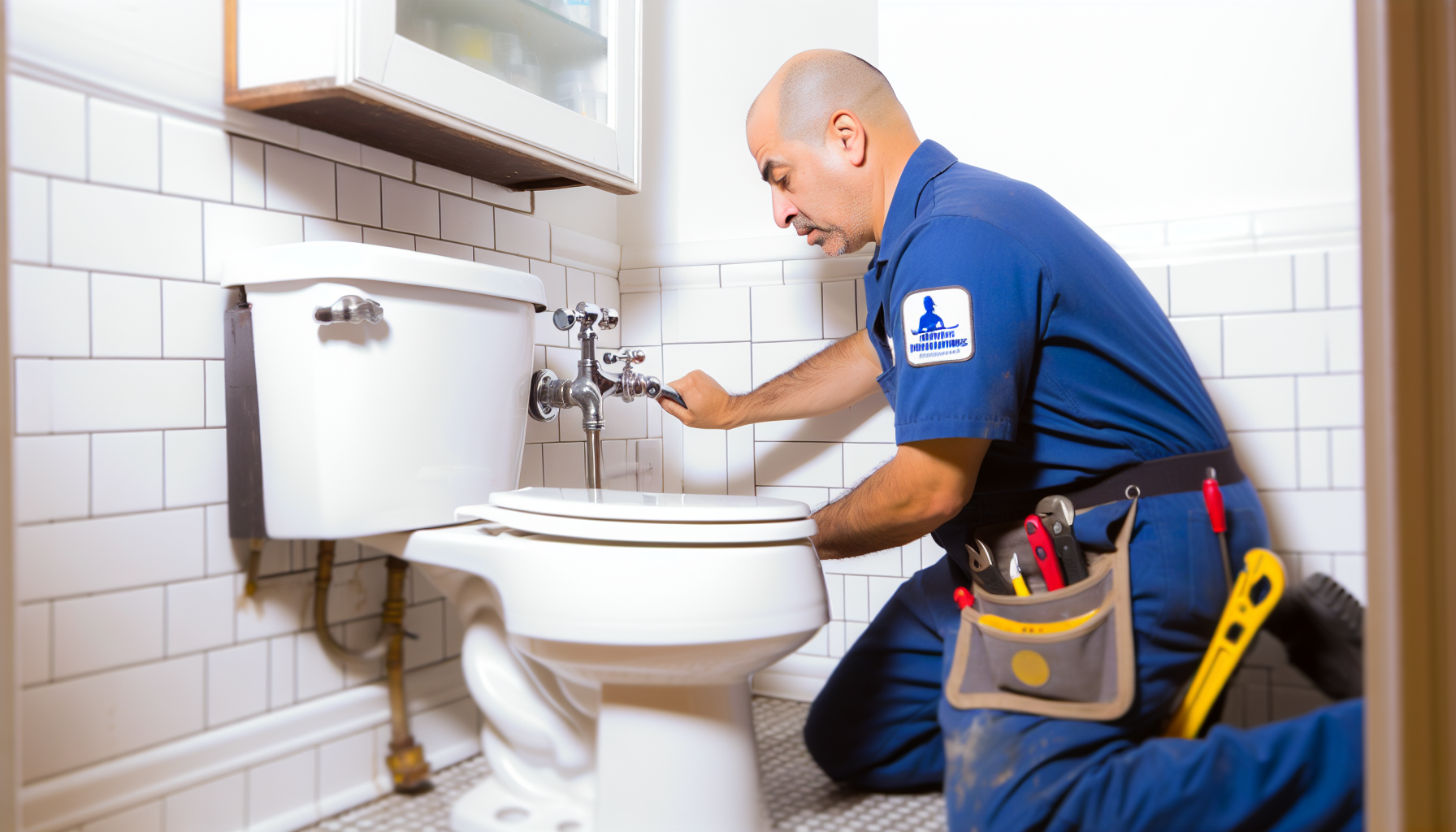
But what if you have a plumbing emergency? What if your toilet is leaking right now and you need help ASAP? Well, Aloha Plumbing has got you covered. Their dedicated staff ensures round-the-clock availability to address plumbing emergencies like leaky toilets through their 24/7 service lines.
Whether you’re dealing with a minor leak or a significant overflow, Aloha Plumbing is ready to step in and ensure prompt and efficient repairs. Their emergency services may involve removal of the toilet, replacement of the wax ring, and thorough drying to prevent further damage. So, even in the face of a plumbing emergency, you can rest easy knowing that help is just a phone call away.
Toilet leaks can be a nuisance, but they don’t have to be a nightmare. With the help of professional plumbers like Aloha Plumbing, you can ensure your toilet is working properly, your home is safe from water damage, and your sanity remains intact. So, the next time you hear that tell-tale trickle or notice a suspicious puddle, remember you’re not alone. Aloha! Plumbing is just a call away.
